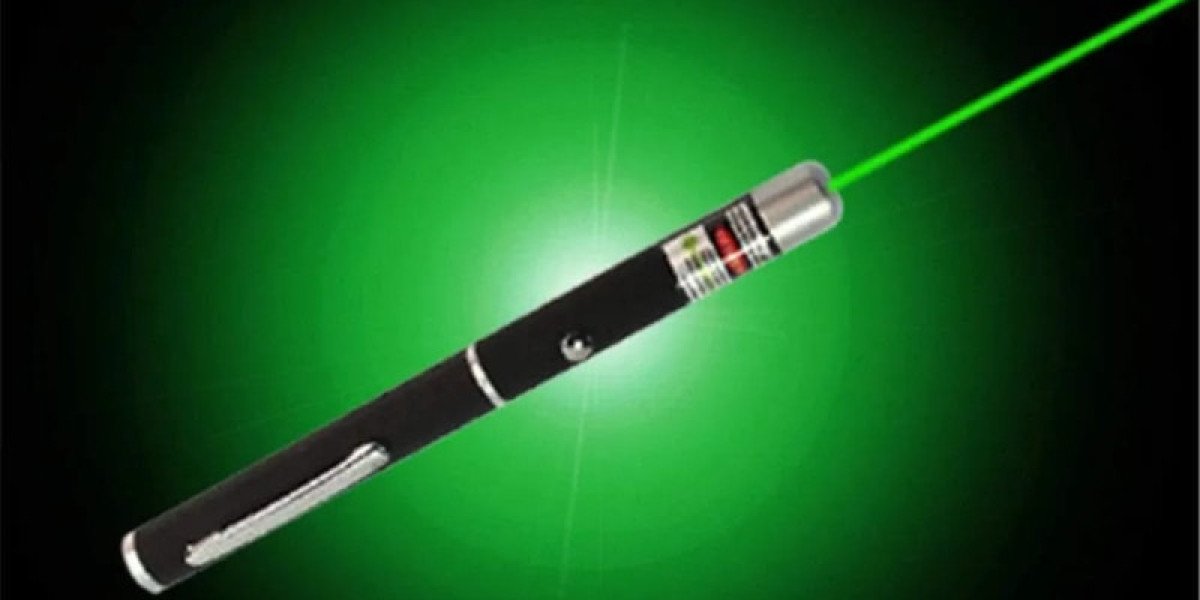A laser device is a machine that produces a concentrated beam of light through a process called stimulated emission of radiation. The word LASER itself stands for Light Amplification by Stimulated Emission of Radiation. Unlike ordinary light, laser light is highly focused, monochromatic (single color/wavelength), and coherent (all waves are in sync). These unique properties make laser devices powerful tools across a wide range of industries, from medicine and manufacturing to communication and defense.
The working principle of a laser device involves exciting atoms or molecules inside a medium (such as gas, crystal, or fiber) using an energy source like electricity or another light source. This energy causes the particles to release photons of the same wavelength, which bounce between mirrors in the device, amplifying the light. Once strong enough, the light exits through a partially transparent mirror, creating a focused laser beam.
One of the main advantages of laser devices is their precision and control. Because the beam can be focused to a tiny point, lasers can cut, engrave, or treat materials with extreme accuracy. This makes them ideal for tasks where traditional tools fall short, such as delicate surgery, microchip manufacturing, or engraving complex patterns.
The applications of laser devices are incredibly diverse:
Medical field: Lasers are widely used in surgeries, eye treatments (like LASIK), dental procedures, and skin therapies. Their precision allows doctors to target tissues without harming surrounding areas, reducing recovery time. For example, in dermatology, lasers remove scars, tattoos, and wrinkles effectively.
Manufacturing and industry: Laser devices play a major role in cutting, welding, drilling, and marking metals, plastics, wood, and composites. Fiber and CO₂ lasers are common in factories for producing automobile parts, electronics, and even fashion items like jewelry and clothing patterns.
Communication: Fiber-optic communication relies on laser devices to transmit data over long distances at high speeds. This technology powers the internet, telephone networks, and global data exchange.
Defense and security: Military applications of lasers include target designation, range finding, missile defense, and even developing directed-energy weapons. In security, laser scanners are used in fingerprint analysis and biometric recognition.
Science and research: Lasers are essential tools in scientific research, from spectroscopy and microscopy to studying atomic structures. They enable researchers to conduct experiments with unmatched precision.
Everyday life: Laser devices are part of many consumer products we use daily. Examples include barcode scanners at supermarkets, laser printers, DVD and Blu-ray players, and even entertainment systems with laser light shows.
Despite their wide use, safety precautions are important when working with laser devices. Depending on their power, lasers can cause serious eye or skin injuries if misused. Therefore, laser devices are classified into safety categories (Class 1 to Class 4), and proper protection, like laser safety glasses, is essential when handling high-powered systems.
In conclusion, a laser device is a versatile tool that has transformed industries and everyday life through its precision, efficiency, and reliability. From performing delicate surgeries to powering global communication, laser technology continues to expand its applications, making it one of the most important innovations of the modern world.







